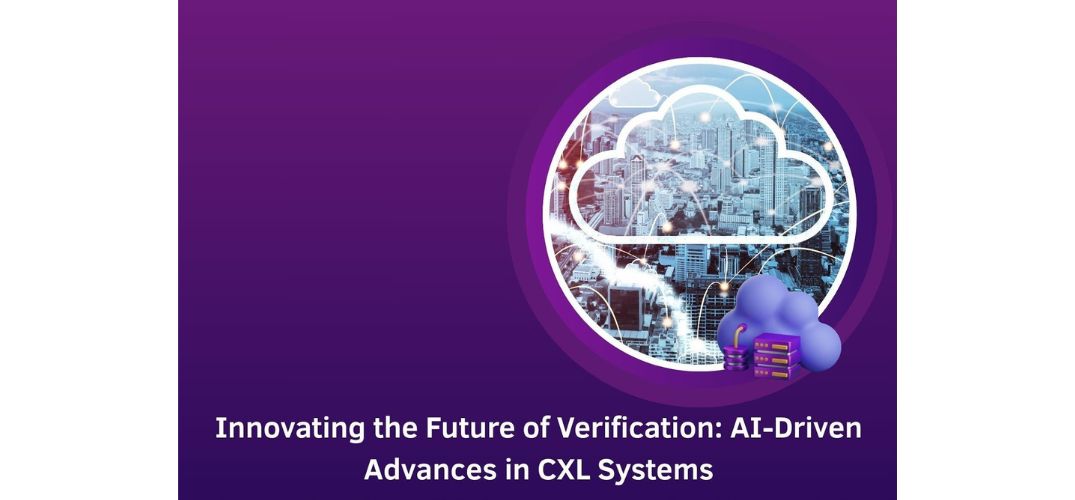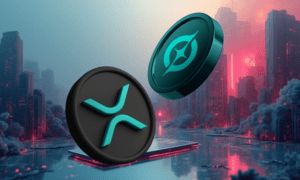In the ever-evolving world of high-performance computing, innovations in interconnect technologies such as Compute Express Link (CXL) are reshaping how systems operate and communicate. Deepak Kumar Lnu, Principal Engineer, USA, offers insights into these groundbreaking developments, focusing on the challenges, innovations, and future possibilities in CXL verification. His article explores how artificial intelligence (AI) is revolutionizing traditional verification methods, ensuring the reliability and scalability of complex, heterogeneous computing systems.
Embracing the New Era: Understanding CXL’s Role
CXL has emerged as a key technology in modern data centers, especially with its advancements in memory and cache management. The CXL 3.0 version has increased its data transfer rate to 64 GT/s per lane, delivering up to 256 GB/s of aggregate bandwidth. This performance supports high-throughput operations and is essential for accelerators, memory expansion, and pooling in heterogeneous systems. CXL’s versatility in integrating diverse device types, such as accelerators with local caches and memory expanders, enables complex computing environments. However, as CXL technology scales, the verification challenges grow, requiring innovative strategies to ensure system integrity and performance.
Overcoming Complexities: The Challenges of CXL Verification
Verification in CXL systems is challenging due to complex interactions across multiple protocol layers, including PCIe transactions, memory operations, and cache coherency. Ensuring compliance with the CXL specification while maintaining performance standards is crucial, especially in large-scale systems with thousands of devices. Cache coherency testing requires precise synchronization to avoid data inconsistency. Additionally, memory pooling must distribute resources fairly, ensuring consistent performance even under heavy workloads. Advanced features like encryption and multi-level switching further complicate the process, demanding robust protocol compliance testing.
AI-Driven Verification: A Leap Forward
AI is revolutionizing CXL verification by automating and optimizing processes traditionally handled manually. Machine learning algorithms analyze large datasets to detect potential issues, predict edge cases, and optimize test sequences. AI learns from previous cycles to generate more effective tests, allowing engineers to focus on high-priority scenarios and reducing resource consumption. Additionally, AI-powered tools assist in predictive debugging, using historical data to identify likely bug hotspots. This enhances testing accuracy, speeds up issue detection, and streamlines root cause analysis, improving overall verification efficiency and coverage across complex systems.
Adaptive Testbenches: Enhancing Flexibility and Coverage
Adaptive testbenches enhance flexibility and coverage in CXL verification by dynamically adjusting based on real-time feedback, unlike traditional static testbenches. This allows the testbench to focus on untested or critical areas, addressing the complexity of CXL systems with numerous potential interactions. AI algorithms enable this adaptivity by guiding the testbench to fill coverage gaps and explore all relevant scenarios, improving verification efficiency and ensuring the system meets rigorous standards despite the intricate architecture of modern CXL systems.
The Road Ahead: AI’s Impact on Future Verification Systems
Looking to the future, AI-driven verification methodologies will continue to evolve, becoming an even more integral part of the CXL verification process. As CXL technology advances, verification systems will need to scale to handle increasingly complex configurations, particularly in the realm of memory disaggregation and system-level integration. AI will be crucial in managing these large-scale systems, ensuring that new features are rigorously tested without compromising the performance or stability of the system.
Furthermore, as real-world systems become more dynamic, with devices added or removed in real time, verification will need to adapt to new challenges, such as ensuring continued system performance during these changes. AI-driven predictive tools will become essential for maintaining system reliability in such scenarios, providing insights into potential points of failure before they occur.
In conclusion, as Deepak Kumar Lnu’s article demonstrates, the future of CXL verification lies in the integration of intelligent, AI-driven methodologies. These advancements will play a crucial role in addressing the growing complexities of modern computing systems, enhancing reliability, performance, and scalability. With AI enhancing compliance automation, predictive debugging, and adaptive testbenches, the verification process is set to become more efficient and effective, paving the way for the next generation of high-performance computing technologies. As CXL continues to evolve, so too will the innovative verification techniques that ensure its successful deployment in the most demanding computing environments.





























